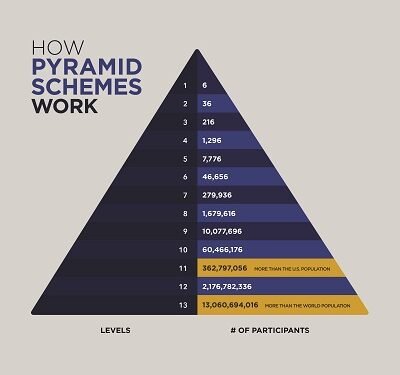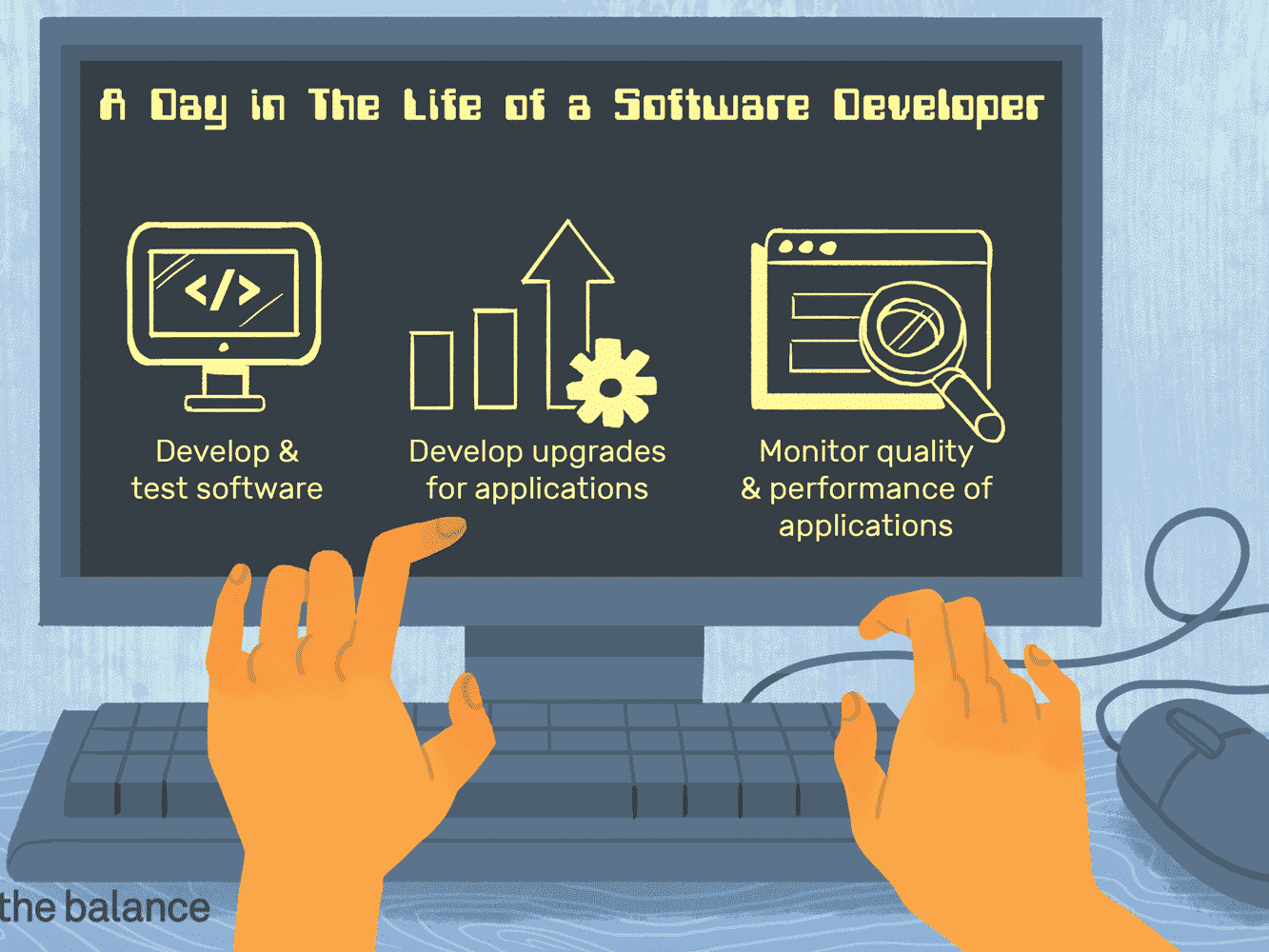In the dynamic, ever-scrolling world of social media, the line between a golden opportunity and a gilded trap is often dangerously blurred. Our feeds have become a modern-day marketplace, not just for products, but for promises: promises of financial freedom, a side hustle that actually works, and a community that supports your dreams. Lurking within this landscape of aspiration is a predatory, ancient model dressed in digital clothing: the social media pyramid scheme.
These schemes are engineered to be shareable, relatable, and insidiously attractive. They leverage the tools of connection—algorithmic feeds, direct messages, and closed groups—to create a veneer of legitimacy and urgency. Understanding how to identify them is no longer a niche financial skill; it is a essential form of modern digital literacy. This article will equip you with a clear, four-step framework to cut through the hype and identify the hallmarks of a scheme designed to exploit your trust and ambitions. By learning what to look for, you can protect not only your finances but also your personal relationships from being leveraged to drive social media pyramid scheme recruitment.
The danger of these schemes lies in their sophisticated mimicry of legitimate business. They often use the language of empowerment, female entrepreneurship, and personal branding. The first step to immunity is education. Let’s break down the four definitive steps to spot them before you get caught in the web.
Main Points of the Article
Step 1: Analyze the Revenue Model: The core differentiator. This step teaches you to determine if money comes primarily from selling actual products/services to the public or from recruiting new members who pay to join. A legitimate business focuses on external sales; a pyramid scheme focuses on internal recruitment.
Step 2: Interrogate the Marketing and Messaging: This step decodes the manipulative language and imagery. We’ll expose the red flags in the “lifestyle proof,” the income claims, and the creation of false urgency and exclusivity that are hallmarks of these schemes.
Step 3: Scrutinize the Product or Service: This step moves beyond the sales pitch to look critically at what is actually being sold. Is the product overly vague, inexplicably expensive, or seemingly irrelevant? Often, the product is a mere prop to disguise the illegal recruitment structure.
Step 4: Examine the Community Structure: This final step looks at the behavioral patterns of the group itself. We identify the cult-like tactics, the suppression of dissent, and the constant pressure to recruit that are necessary to sustain the pyramid and drive social media pyramid scheme growth.
Step 1: Follow the Money — Analyze the Revenue Model
This is the most critical and definitive step. The fundamental, legal difference between a legitimate Multi-Level Marketing (MLM) company and an illegal pyramid scheme lies in its primary source of revenue. You must ask: Where does the money actually come from?
The Legitimate Model:
A legitimate business, even one with a multi-level commission structure, makes its money by selling a genuine product or service to a broad, external customer base. The company’s focus is on moving products to the end-user. Commissions are paid based on those external sales volume. While participants may also earn a small bonus for recruiting a new salesperson, the primary and overwhelming focus is on retail sales to the public.
The Pyramid Scheme Model:
A pyramid scheme’s primary revenue source is not external sales, but the constant recruitment of new participants who must pay a fee to join. This fee—whether it’s for a “starter kit,” “access to a platform,” or “training materials”—is the lifeblood of the scheme. The product, if one exists at all, is often an afterthought: low-quality, overpriced, or purely digital and vague (e.g., “access to a proprietary system”). The financial incentive is overwhelmingly skewed toward building a “downline.”
How to Investigate This on Social Media:
Ask Direct, Uncomfortable Questions: If you’re in a conversation with a recruiter, ask: “What percentage of the company’s revenue comes from selling products to customers outside of the network versus from fees paid by distributors?” A legitimate company should be able to provide this information (it’s often in their Income Disclosure Statement). A recruiter for a pyramid scheme will deflect, become hostile, or provide a vague, non-answer.
Study the Compensation Plan: Ask to see the full compensation plan. If it’s complex to the point of being incomprehensible, that’s a red flag. Look for the emphasis. Are the largest bonuses and fastest paths to high income tied to recruiting a certain number of people in a short timeframe? If the plan shows that you can only make significant money by constantly bringing in new recruits who pay a fee, you are looking at a structure designed to drive social media pyramid scheme growth.
Observe the Public-Facing Activity: Scroll through the recruiter’s feed and the feeds of their team. How many posts are actually about the product’s features, benefits, and customer testimonials? Versus how many posts are about “the opportunity,” “building your team,” “looking for five motivated people,” and showcasing recruitment-based rewards like cars or trips? A feed dominated by the latter is a clear signal that the real customer is the new recruit, not the end-user of a product.
In essence, if the business model cannot survive without a perpetual cycle of recruitment, it is a pyramid scheme. It is mathematically impossible for everyone to win, and the system is designed for the vast majority at the bottom to lose their money. This relentless need for new blood is what they use social media to drive social media pyramid scheme propagation.
Step 2: Decode the Hype — Interrogate the Marketing and Messaging
Pyramid schemes cannot survive on a logical appeal; they must thrive on emotional manipulation. Their marketing is a carefully crafted narrative designed to bypass your critical thinking and appeal directly to your desires and fears.
The Red Flags in the Narrative:
The “Lifestyle Proof” Illusion: This is the cornerstone of their marketing. You’ll see a curated feed of luxury cars, five-star vacations, “work from anywhere” laptop photos, and large stacks of cash. This is not evidence of success; it is a marketing tool. Often, these are leased, rented, or funded by debt to create the illusion of prosperity. The message is simple: “This could be you if you just sign up and work hard.” It’s a fantasy used as bait.
Vague but Grandiose Income Claims: Be wary of phrases like “unlimited earning potential,” “fire your boss,” or “get paid six figures working 5 hours a week.” Legitimate businesses provide realistic income data. Pyramid schemes use these vague promises. If you see screenshots of “commission checks,” ask if they represent typical earnings. The FTC requires MLMs to publish an Income Disclosure Statement showing that over 99% of participants lose money or make virtually nothing. They hide this document for a reason.
Creating False Urgency and Exclusivity: You will see language like, “We’re only opening the doors for 10 new partners this month!” or “The price of the starter kit is going up next week!” This is a classic high-pressure sales tactic. Its goal is to force you into a quick, emotional decision before you have time to do the research you are doing right now. A genuine business opportunity does not need to pressure you; it will stand up to scrutiny.
The “Anyone Can Do It” Myth Coupled with a “Mindset” Blame Game: The messaging will insist that success is simple and achievable by anyone, regardless of skill or experience. However, when the vast majority inevitably fail, the blame is placed squarely on the individual. You didn’t have the right “mindset.” You didn’t “hustle” hard enough. You were “negative.” This clever psychological trick protects the scheme from criticism—failure is your fault, not the fault of the mathematically impossible business model.
This sophisticated marketing machine is precisely what helps drive social media pyramid scheme recruitment, turning participants into unwitting advertisers for a false dream.
Step 3: Look Beyond the Label — Scrutinize the Product or Service
In a pyramid scheme, the product is often a legal fig leaf. It exists to create a veneer of a legitimate transaction, disguising the fact that money is primarily moving through recruitment fees.
Questions to Ask About the Product:
Is There a Tangible, Valued Product? Is the company known for its product, or is it known for its “business opportunity”? If you removed the opportunity to get rich by recruiting, would anyone buy the product at its price point? Many schemes sell low-quality, private-label products (e.g., supplements, creams) or digital courses with recycled, generic content that is available for free online.
Is the Product Overpriced? Compare the product to similar items on the open market. Are the prices significantly higher? This is often the case because the inflated price needs to fund the multiple layers of commissions in the upline. The product is not priced to compete in a retail market; it’s priced to fund a recruitment-based compensation plan.
Is the Product Description Vague or Based on “Secret” Science? Be skeptical of products that claim to have miraculous, undisclosed ingredients or proprietary algorithms that “big tech” doesn’t want you to know about. Legitimate companies are transparent about their ingredients and the mechanics of their services. Pseudoscientific claims and technobabble are used to obscure the fact that the product has little inherent value.
Are Customers Primarily Distributors? This is a tell-tale sign. In a legitimate company, the vast majority of customers are people who are not selling the product. In a pyramid scheme, the primary, and often only, customers are the distributors themselves, who are required to make monthly “autoship” purchases to remain eligible for commissions. This creates artificial demand and forces participants to continuously spend money on products they may not want or need.
When the product is clearly an excuse for the real transaction—the sale of a recruitment spot—you have identified a key mechanism of the pyramid. The entire ecosystem is circular, and the constant need to find new entrants to drive social media pyramid scheme cycles is the only thing keeping it from immediate collapse.
Step 4: Observe the Culture — Examine the Community Structure
The final step involves looking at the human dynamics within the organization. Pyramid schemes cannot tolerate skepticism or dissent; they must foster an environment of unwavering belief and conformity to survive.
The Hallmarks of a Cult-Like Community:
Us vs. Them Mentality: Recruiters will warn you about “haters,” “negative people,” and even friends and family who “don’t support your dreams.” They will frame any skepticism as jealousy or a lack of vision. This tactic serves to isolate you from your external support system, making you more dependent on the group for validation and approval.
Suppression of Critical Questions: In private groups or team calls, ask a pointed question about the Income Disclosure Statement or the product’s efficacy. You will likely be ignored, privately messaged to “not cause drama,” or told to “trust the system.” Open, critical dialogue is the enemy of a pyramid scheme. This control of information is vital to drive social media pyramid scheme momentum without facing inconvenient truths.
Love-Bombing and Identity Fusion: New recruits are often showered with excessive praise and attention—a tactic known as love-bombing. You’re not just joining a business; you’re joining a “family” or a “movement.” Your identity becomes fused with the brand. This emotional connection makes it much harder to leave, as walking away feels like a betrayal of your new friends and your own sense of self.
Constant, Relentless Grind: The culture is one of perpetual activity: “Always be recruiting,” “Grind now, shine later.” This constant hustle serves two purposes: it keeps participants too busy to think critically, and it creates the appearance of a vibrant, active business. This relentless pressure to perform is the engine they need to drive social media pyramid scheme expansion at all costs.
When you see a community that operates more like a zealous movement than a professional sales team, one that values conformity over competence and emotion over evidence, you are witnessing the social engineering required to sustain an unsustainable economic model.
Conclusion: Empowerment Through Awareness
The four steps—Follow the Money, Decode the Hype, Scrutinize the Product, and Examine the Culture—provide a robust defense against financial exploitation. Social media is a powerful tool for connection and commerce, but its very strengths are what make it the perfect platform to drive social media pyramid scheme fraud on a massive scale.
Arming yourself with this knowledge transforms you from a potential target into an informed observer. You can now scroll through your feed with a critical eye, recognizing the curated illusions for what they are. Share this knowledge. The best way to collapse a pyramid is to refuse to be another one of its bricks. By spotting the scheme, you don’t just protect yourself; you help protect your entire network from a costly mistake, breaking the chain of recruitment that these predatory models depend on for survival.







